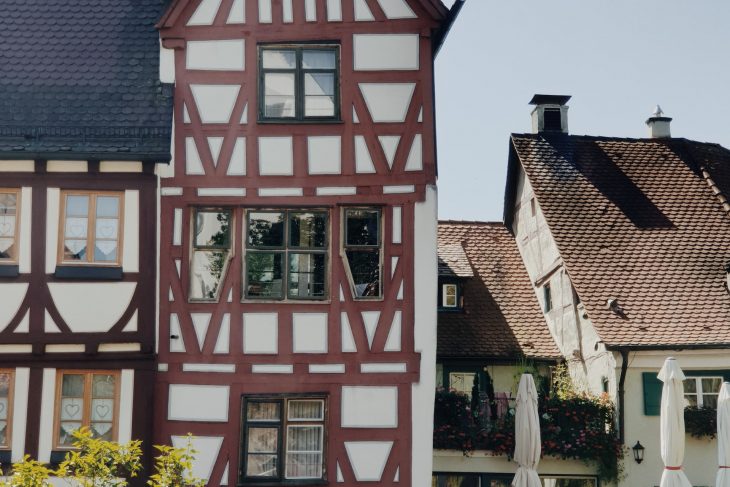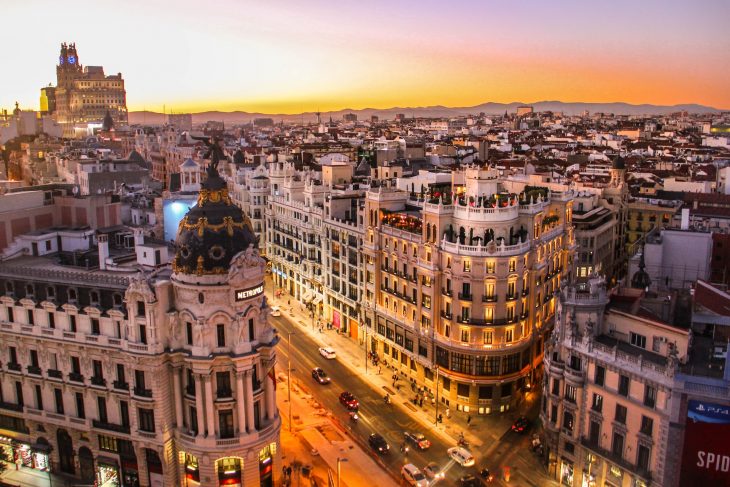
The French language has undergone a great deal of evolution over the centuries. This is due to several factors, including the influence of other languages, changes in the structure of the language itself, and the geographical spread of French-speaking people.
The Evolution of The French Language: From Gaulish to Modern French
The French language is a Romance language that developed from the Gallo-Romance dialects spoken in Gaul in the Middle Ages. Modern French is a standardized form of the language that is used in education, government, and media throughout Francophone countries.
Gaul was a province of the Roman Empire that comprised present-day France, Belgium, Luxembourg, and parts of Switzerland, Germany, Italy, and the Netherlands. The Gallo-Romance dialects were spoken by the Gaulish people who lived in this area.
The first written record of the French language is from 842 AD, when the Carolingian emperor Charles the Bald ordered that the Vulgate Bible be translated into French. This translation services france, known as the “Bible of Tours”, was made by Alcuin, a English scholar who was teaching at the palace school in Aachen.
The French language began to evolve away from Latin during the 10th century, with the addition of new words and changes to existing words. For example, the Latin word for “horse” (equus) became cheval in French.
During the Hundred Years’ War (1337-1453), the English occupied northern France, and the French language began to borrow words from English. For example, the English word “beef” (boeuf) was borrowed into French, and the French word for “cow” (bouvier) was borrowed into English.
The French Renaissance of the 15th and 16th centuries saw a flowering of the arts and sciences, and the French language was affected by this intellectual renaissance. New words were coined to keep up with changes in knowledge and technology, such as the words “chemistry” (chimie), “telescope” (télescope), and “microscope” (microscope).
The French Revolution of 1789 brought about major changes to the French language. To break with the past, the revolutionaries introduced several changes, such as replacing the Latin alphabet with the more familiar French alphabet and simplifying spelling. They also created a new set of vocabulary, borrowed from other languages, to replace “old-fashioned” words. For example, the word “liberté” (freedom) replaced the word “ancien régime” (old regime).
The 19th century saw the rise of Napoleon Bonaparte and the French Empire. During this time, the French language spread throughout Europe and the Americas as a result of Napoleon’s conquests. It also became the lingua franca of diplomacy and international relations.
The 20th century was a period of great change for the French language. Two World Wars and the rise of new technologies led to the borrowing of many words from other languages. For example, the English word “computer” (ordinateur) was borrowed into French in the 1950s.
Today, the French language is spoken by over 220 million people in Francophone countries around the world. It is one of the official languages of the United Nations and is used in a variety of fields, including diplomacy, education, science, and business.
What Are The Origins of The French Language?
The French language is a Romance language that developed out of the spoken Latin of the Roman Empire. It is the official language of France, as well as one of the four official languages of Switzerland. It is also a major second language in many countries, including Canada, Belgium, Luxembourg, Monaco, and North and West Africa. In total, there are approximately 220 million speakers of French.
The earliest written records of French date back to the 9th century, when a Frankish king called Charles the Bald ordered that his royal court be conducted in French rather than Latin. This was a significant moment in the history of the language, as it showed that French was becoming a language of prestige and power.
During the Middle Ages, French was the language of the educated elite, used in literature, diplomacy, and law. It was also the language of the Church, as most sermons were delivered in French. In 1337, the Hundred Years’ War between England and France began, and for the next three centuries, the English occupied large parts of France. This had a significant impact on the French language, as many English words were borrowed into French.
In 1789, the French Revolution broke out, and for the first time, the common people were able to make their voices heard. This led to a period of linguistic reform, during which many antiquated French words were replaced with more modern ones.
The French language has continued to evolve over the centuries, and today it is widely considered to be one of the most beautiful languages in the world. It is a rich and expressive language that is used by some of the greatest writers, thinkers, and artists in history.
Conclusion
The French language has come a long way since it first originated. It has evolved into the beautiful, complex language that it is today. While it may have gone through some changes over the years, one thing remains the same – its ability to bring people together. Whether you’re speaking to a native speaker or learning the language yourself, there’s no denying the power of French.




